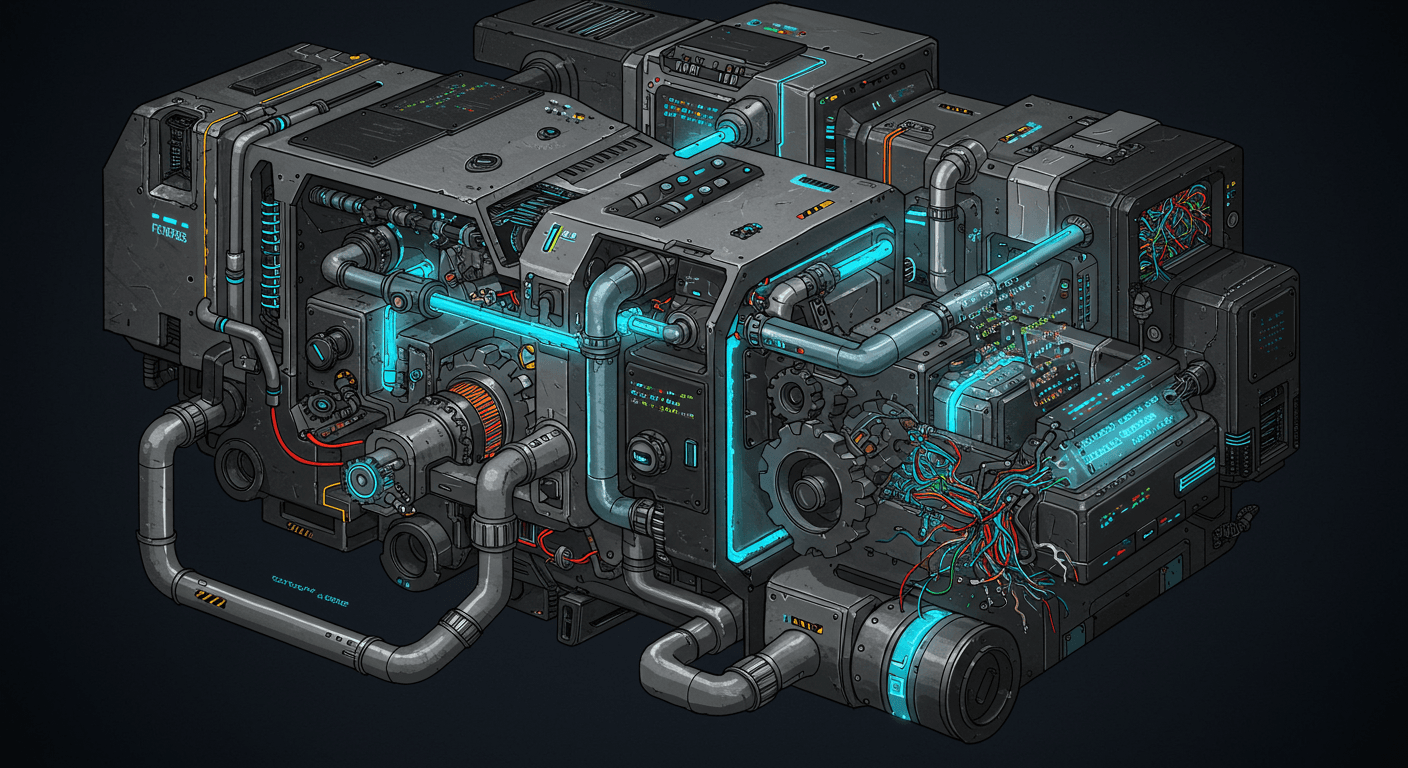Rough Notes - Product Observability

A senior engineer bolted complex tracing onto the application long after the fact. It worked, but the pain of not having it from day one still stings.
The hidden layer of product strategy isn’t features, UI, or even speed. It’s the stuff nobody sees, the logs, the traces, the metrics, the scaffolding that makes systems transparent. It doesn’t demo well, or at all. It won’t win you the sale, but it can decide whether your product collapses or compounds into something durable.
Pulling some lessons out here, lest I forget.
Lesson 1: Building Fast to Get PMF
Speed matters. You can’t theorize your way into product-market fit. You have to ship, break things, and listen.
Cynical take: everyone loves to talk about speed until the system they "proved demand" with is duct tape and gum. Then speed turns into "We’ll fix it later." But later never comes. Like... LITERALLY never comes. The tradeoff is real.
Opinion: You only feel the pain of those shortcuts if you succeed, because then you’re forced to live with them at scale. But in my eternal optimism, you MUST BELIEVE YOU WILL SUCCEED. Otherwise, you’ll never build with enough conviction to even feel the pain. So do your best to mitigate speed with pragmatism. Because once you’re in "scale-up" land, you can’t bend the curve on revenue if you’re buried under operational debt.
Lesson 2: Brittle Systems Kill Velocity
Duh... That demo that closed the deal becomes the skeleton you’re stuck carrying. Every new feature leans on brittle code, silent failures, and operational terror... again... Duh.
Cynical take: We can pitch about velocity when, really, it’s just the team working nights and weekends. That’s not velocity, that's unchecked engineering tip tapping kluge.
But in my eternal optimism, the fact that your system is brittle means you’re onto something real; you've got it out and working just enough that someone wanted it badly enough to write a cheque. The challenge is believing you’ll make it to the point where you can rebuild it right.
Lesson 3: Observability is Faster Than Code
If you can trace every decision, log every change, and observe every pipeline, you’ve got leverage. Engineering isn’t about guessing anymore; it's about fixing. Operations isn’t chasing ghosts; they’re reacting and improving.
Cynical take: I don't have one here... but you could say that teams dismiss observability as box-checking. In reality, that’s a mistake, because observability is what keeps you from drowning in your own product debt. It’s not overhead. Why? Because without it, every failure is a mystery. Every customer escalation requires a war room.
Lesson 4: AI-Enabled Systems
AI isn’t magic. It’s a stack of probabilities making guesses. On its own, it’s not trustworthy. But if your systems are observable, if you have metrics, traces, and visible processes, then AI becomes useful. You can point it at the data and let it surface insights, diagnose issues, or even recommend fixes. AI needs context, and if you can’t see the system clearly yourself, neither can the model. Observability gives you structured ground truth that AI can amplify, instead of hallucinating and deleting all your data.
... don't forget this stuff.